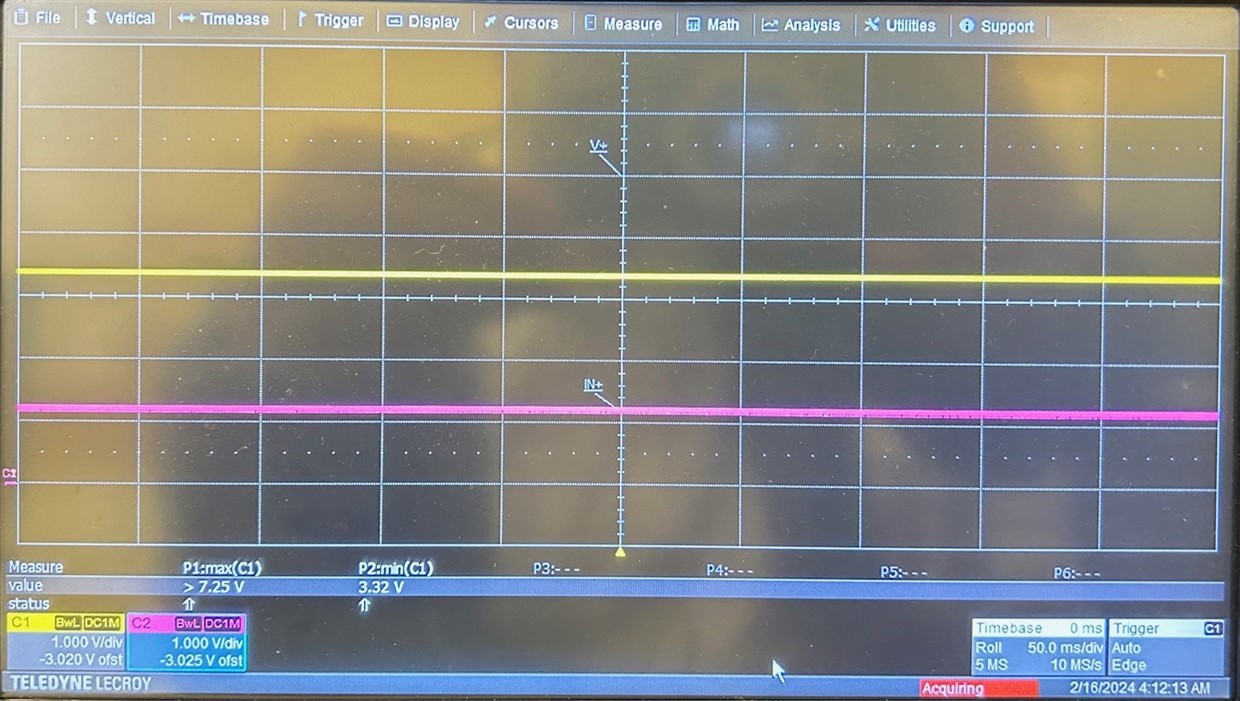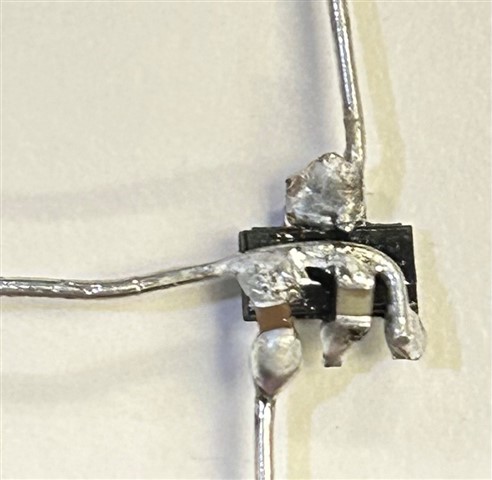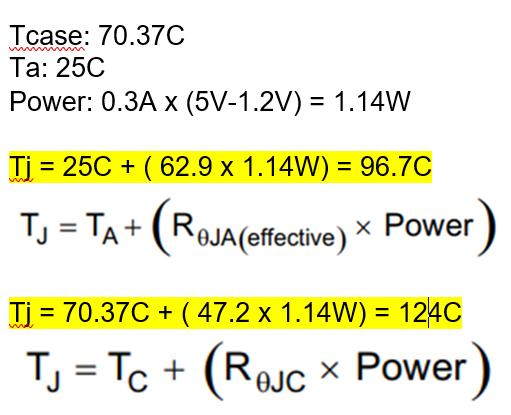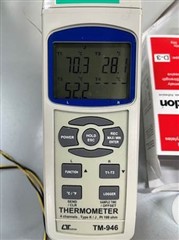Other Parts Discussed in Thread: TLV1117
I use TLV1117LV12 in our system MCU power. The input voltage is 5V and output load is around 0.3A. We find when we increase load up to 0.4A, then the output voltage become unstable. Please refer to below waveform. Even I increase the output capacitance from 1uF to 4.7uF that the output still unstable.
I find a interesting things that I decrease input voltage from 5V to 3.3V, then the output can be stable. But it still fail when I increase the load from 0.4A to 0.5A.
May I know what is the LV12 output max current? is 0.8A or not?
What is the reason cause the output unstable?
Thanks
BR, Gary
CH1: Input voltage, CH2: Output voltage, Unstable waveform at 0.4A
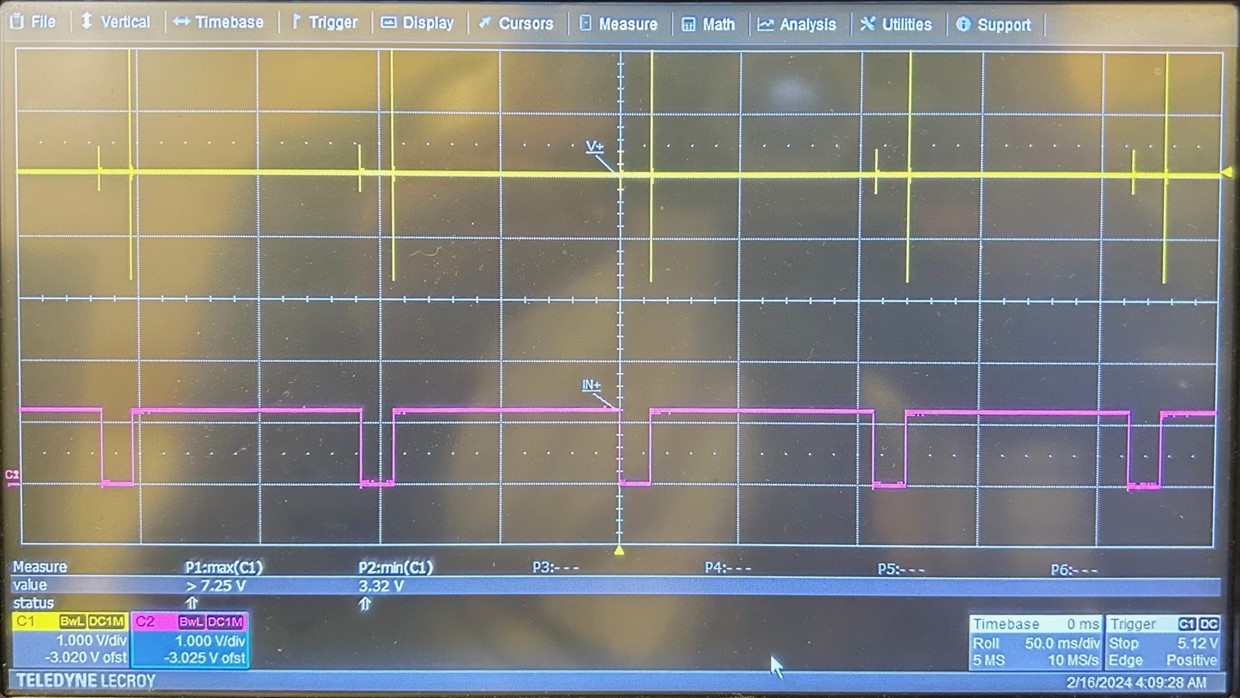
CH1: Input voltage, CH2: Output voltage, Stable waveform at 0.3A
